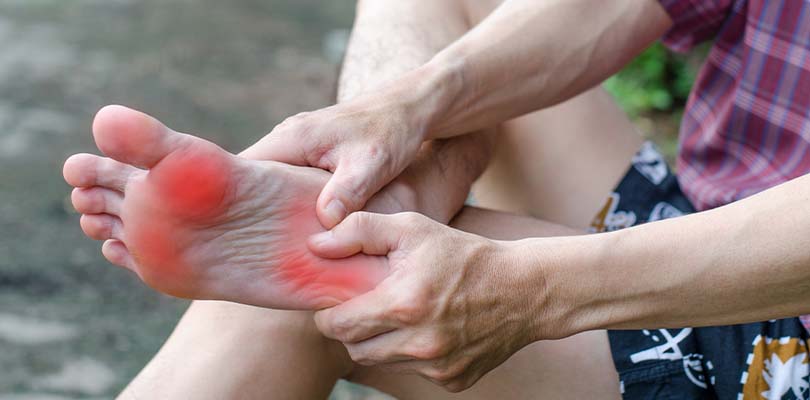
Photo Credit: michaeljung / iStockphoto.com
Symptoms of Pancreatitis
Pancreatitis is inflammation of the pancreas, the gland located in the abdomen behind the stomach and next to the small intestine. This gland has two important functions: it releases digestive enzymes into the small intestine to help digest food and also releases the hormones insulin and glucagon, which regulate glucose levels in the bloodstream.
There are two distinct forms of pancreatitis, with different symptoms. Acute pancreatitis develops quickly and resolves relatively quickly when treated promptly. In severe cases, this condition can lead to bleeding, infections, cysts and even damage to major organs such as the heart, kidneys and lungs. The main causes of acute pancreatitis are gallstones, alcohol abuse, various prescription drugs and viral infections.
Chronic pancreatitis is a long term, persistent inflammation that often occurs after an episode of pancreatitis, often triggered by alcohol consumption. Chronic inflammation damages the gland and symptoms may be absent for years. The following symptoms suggest signs and symptoms of pancreatitis:
1. Abdominal Pain
Abdominal pain is severe in acute pancreatitis, and is felt in the upper part of the abdomen, just below the breastbone and may irradiate to the back .If the episode is caused by gallstones the pain develops suddenly and becomes extremely intense within minutes; when alcohol is the trigger, the pain aggravates gradually over a few days. The abdomen is tender and swollen. Pain becomes worse when eating, coughing, moving or deep breathing, while is ameliorated when sitting upright and leaning forward. Overall the pain is sharp and intense requiring strong painkillers (injected opioid drugs).
In chronic pancreatitis the pain can manifest in two patterns which can last for several days; it can be a persistent pain that varies in intensity, and is felt in the upper part of the abdomen; second pattern is characterized by intermittent flare-ups. Over the years, as chronic pancreatitis progresses, more cells are destroyed, and the pain may not be experienced at all in this late stage.

Photo Credit: gpointstudio / iStockphoto.com
2. Nausea and Vomiting
Nausea and vomiting are also severe in acute pancreatitis, and sometimes retching without producing vomit will occur. Vomiting does not relieve the pain, as is the case in other conditions affecting the digestive tract. If the vomiting is severe, dehydration will develop.

Photo Credit: humonia / iStockphoto.com
3. Fever and Feeling Very Sick
In acute pancreatitis, fever develops within hours after the pain starts, and can go as high as 100-101 F. The person may feel and look very sick, sweat profusely, experience significant changes in blood pressure (either too high or too low), feel lethargic and confused, and may even lose consciousness. Their pulse rate may go up and their breathing may become rapid.
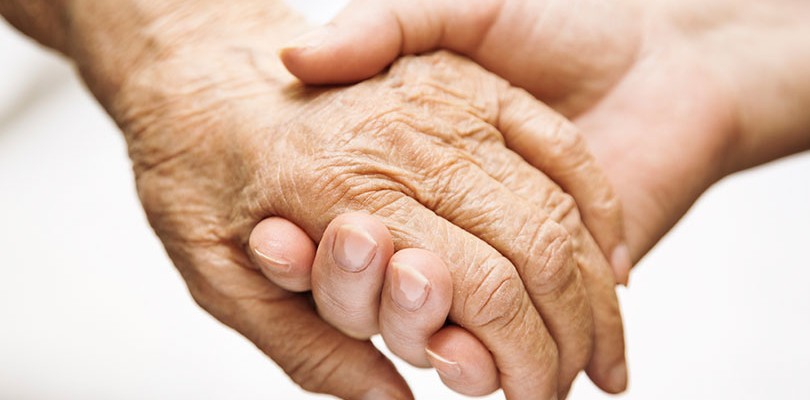
Photo Credit: Kuzma / iStockphoto.com
4. Jaundice
The skin and whites of the eyes taking on a yellowish tinge (jaundice) are not uncommon in individuals diagnosed with pancreatitis. It occurs because there is a blockage of the bile duct, so bile cannot get into the gut and leaks into the bloodstream.
Millions of children have a form of eczema. Let's look at the common eczema symptoms, triggers and steps to take to help manage eczema in children.
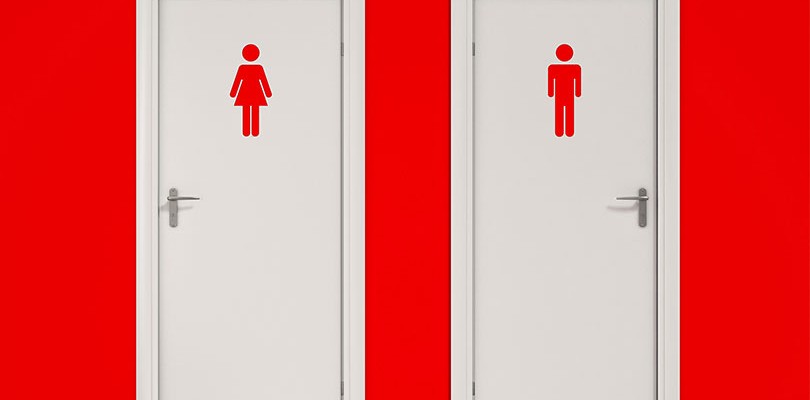
Photo Credit: RakicN / iStockphoto.com
5. Changes in Bowel Movements
Foul smelling, greasy stools are a sign of chronic pancreatitis. Medically known as steatorrhea, these stools are greasy and bulky with a strong odor, and are a sign that food is not being properly broken down or absorbed by the body. The stools are also light colored and contain oil droplets along with undigested pieces of food.
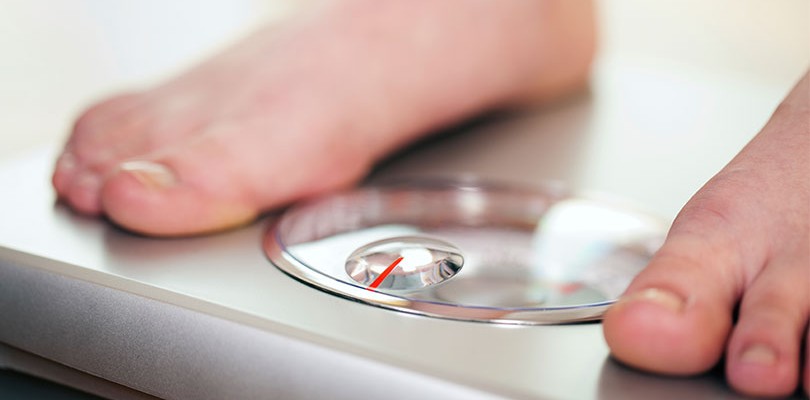
Photo Credit: kzenon / iStockphoto.com
6. Weight Loss
Weight loss can be seen in both forms of pancreatitis. In acute pancreatitis this is temporary, being caused by severe pain, nausea, vomiting and overall feeling very sick. In chronic pancreatitis, weight loss occurs slowly, worsens over months and years and happens because food is not being properly absorbed.
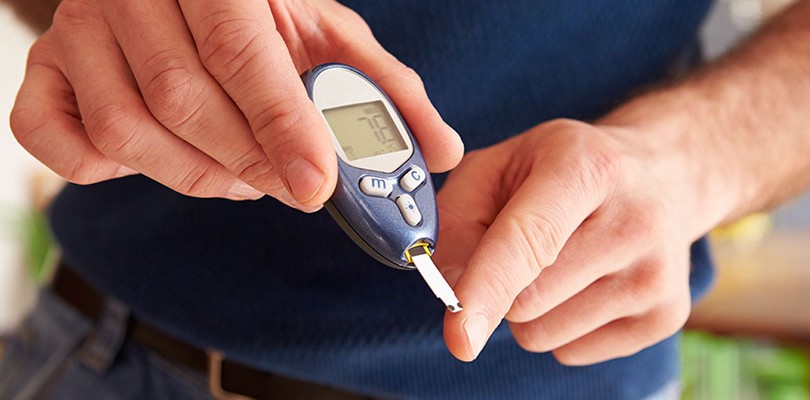
Photo Credit: monkeybusinessimages / iStockphoto.com
7. High Blood Sugar and Diabetes
As many as one third of chronic pancreatitis patients will develop diabetes. The typical signs of diabetes are increased thirst, urination and appetite. Diabetes can complicate chronic pancreatitis because the cells that produce insulin are destroyed.

Photo Credit: Samo Trebizan / iStockphoto.com
8. Abdominal Swelling
Ascites is a condition associated with pancreatitis where fluid collects in the peritoneal cavity, which typically contains little or no fluid. Symptoms of ascites include swelling of the abdomen, which can make breathing difficult.
Another cause of abdominal swelling is ileus, which is when the stomach and parts of the intestine are distended or had been moved out of place by the enlarged pancreas. About 20% of individuals diagnosed with acute pancreatitis can develop this problem.
A person's foot arch may not develope fully in childhood, leading to flat feet. This can cause other health issues. Here are flat feet symptoms to look for.


